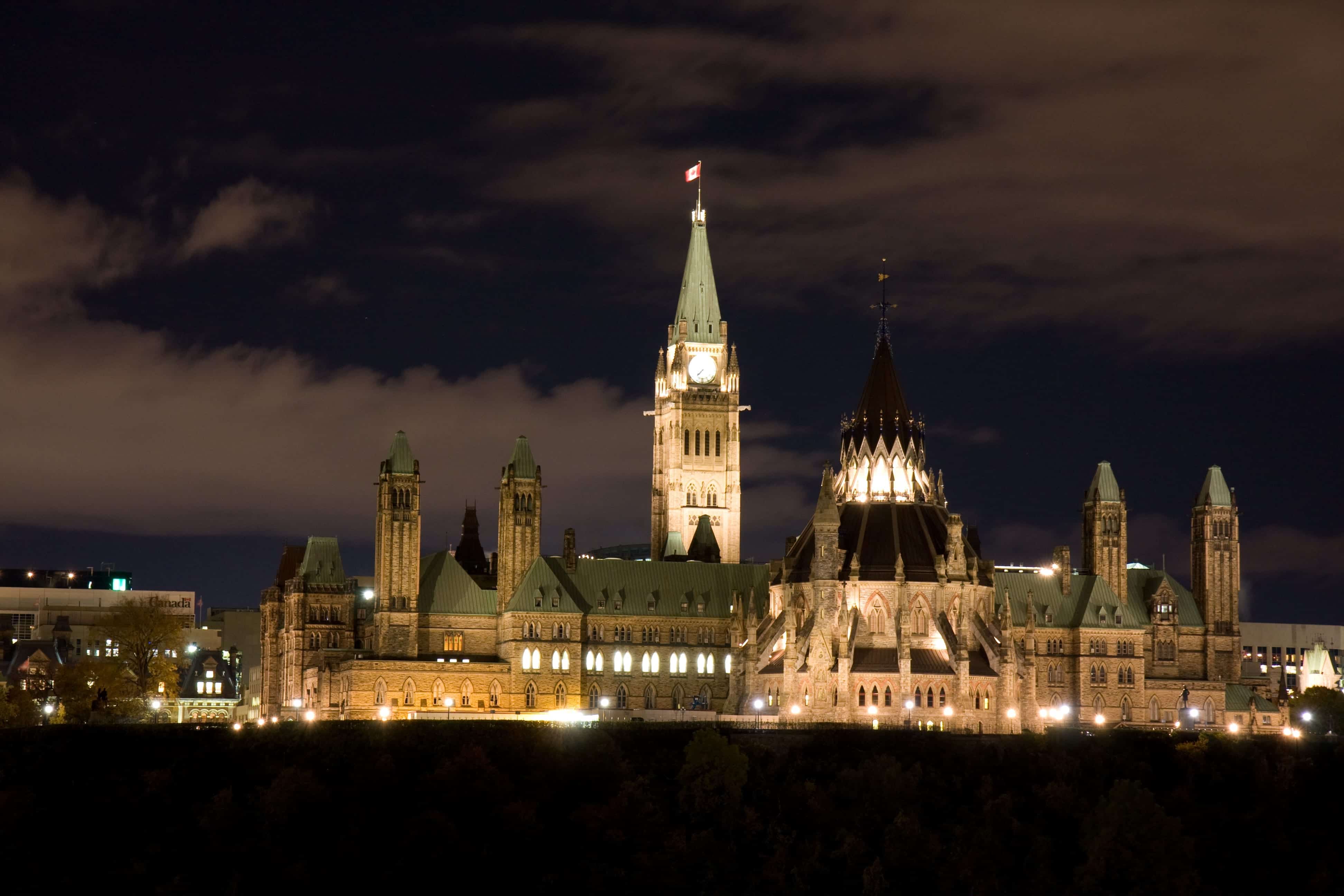Issues with the Prairie Freedom Movement

author: elisabeth sahlmueller | staff writer

prairie freedom movement
In the past couple of weeks, a political campaign known as the Prairie Freedom Movement (PFM) has been making headlines – or rather, billboards – throughout the Canadian prairies, arguing that western Canada has been mistreated by the federal government and encouraging full separation of the prairies from the rest of Canada. Although some of the issues raised by the Prairie Freedom Movement are reasonable, their end goal is not only unobtainable, but also extreme and absurd. I may just be sentimental in my wanting our country of almost 150 years to remain together, but I believe that this political movement shouldn’t be aiming for pressuring the federal government to make the voices and concerns of the prairies heard.
The Prairie Freedom Movement began in Alberta this past January. Alberta residents led by former RCMP Peter Downing started the movement, frustrated with their province being politically ignored and taken advantage of. Within a few months, Alberta’s local initiative, Alberta Fights Back, spread to Saskatchewan. To gain attention, the movement has set up multiple digital billboards throughout both Alberta and Saskatchewan, and as Downing told CBC, this is “a cost effective way to plant the seeds of separation in tens of thousands of people.” These signs cost less than $100 and are viewed thousands of times each day. Saskatchewan itself has four electronic signs, one in Saskatoon and three in Regina, each displaying the question: “Should Saskatchewan Leave Canada?”
Billboards may seem like a very easy way for the PFM to get its message heard, but it still requires effort, as the money for these billboards comes from donations and online fundraising. This kind of fundraising wouldn’t be done if PFM members weren’t serious about their concerns for the prairies.
According the PFM’s website, the movement has three main concerns. Firstly, western Canada is politically underrepresented within the federal government system. The prairie provinces hold little sway in federal elections, since they hold only 62 out of 338 seats in the Canadian House of Commons (HOC) combined, while Ontario and Quebec have 199 seats combined. A federal election can, as a result, be won by securing the support of only these two provinces.
But while it is true that the prairies have a minimal influence on the Canadian federal system, there are other provinces with an even smaller political voice. For example, the northern territories combined have only three seats in the HOC. If anyone should be significantly upset about underrepresentation, it really should be those in the north. There is a reason for the discrepancy, though: provinces are given seats in the HOC based on population size. Together, Ontario and Quebec have a population of around 22.6 million, which is over half of Canada’s 36.7 million population, so it seems reasonable that they have over half the seats. Even considering this, though, it is still unfair for only two provinces to hold so much power within our country. The prairies should have more seats in the HOC, as well as a larger voice in political decision making, because much of Canada’s national revenue is generated by prairie resources like wheat, oil, and beef.
The second main concern of the PFM is that the policy making of the federal government completely disregards and works against western Canada, hurting the prairie gas and oil industries. In May 2018, Bill C-48 was passed, which restricts the transportation and shipping of crude and persistent oil along the northern coast of British Columbia. This bill prevents western oil companies from shipping oil to larger markets, like those in Asia, where our oil has growing demand. Additionally, the Canadian government seems to have no interest in obtaining western oil, as demonstrated by the termination of the Energy East Project (EEP) and its continual importing of oil from Saudi Arabia. It seems contradictory that the federal government is trying to lower carbon emissions with the carbon tax, but is also choosing to receive oil from a country that has a higher rate of carbon emissions than Canada does. Although the EEP presented major environmental concerns for local Indigenous communities, the federal government should be searching for a better way to obtain western oil while supporting the provinces within its own country. It should also not prevent the prairies from selling its oil to other markets than just the United States.
A third concern is the unfair equalization payment system. In theory, prosperous Canadian provinces contribute money to the federal government to be distributed to provinces which need financial help. However, the reality is much different, as the PFM website points out. A major advantage is given to the provinces that receive these payments, while harming the contributors (the prairies), who never get anything in return. Quebec has greatly benefited from these payments as it can offer practically a free education to its university students, while in the prairies, university students graduate “up to their eyeball in debt” according to Downing.
It is easy to understand the anger and frustration behind the PFM. These issues affect the people of the prairies politically, economically and socially, but it is unlikely this movement will gain enough support to achieve an “independent western Canada.” There are currently only eight people involved in the PFM with one hundred volunteers, and even though the movement has acquired 6000 followers and around 5900 likes on Facebook, this is still well below the prairies’ total population of 6.8 million. People may be angry by the issues raised and demonstrate their support on social media, but this does not mean that these individuals actually want the prairies to be separate from the rest of Canada.
The PFM should use the current political situation to its advantage to obtain more political representation and a larger prairie voice within Canada. Separation is still going too far.










Canada’s northern territories are not provinces.